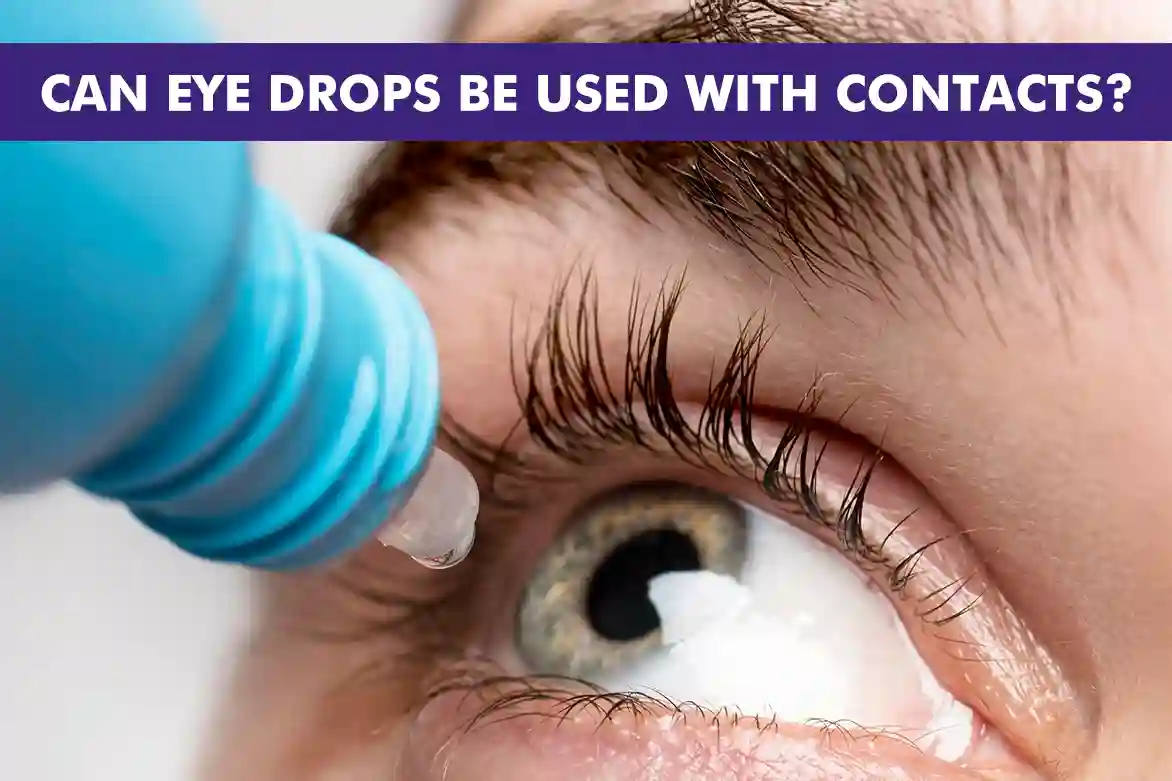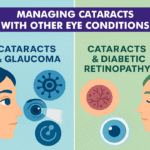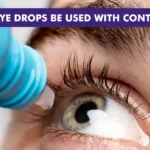Wearing contact lenses can greatly improve your vision and convenience, but it also requires meticulous care to maintain eye health. One common question among contact lens users is whether they can use eye drops while wearing their contacts. This article aims to provide a comprehensive guide on the types of eye drops that are safe to use with contact lenses and the best practices for their application. Understanding the nuances of eye drop formulations is crucial, as using the wrong type can lead to discomfort or even damage. Additionally, knowing how to properly apply these drops can make a significant difference in maintaining both comfort and eye health. By following the guidelines outlined here, you can ensure that your contact lens experience remains both safe and comfortable.
Understanding Different Types of Eye Drops
- Eye drops are available in a wide range of formulations, each specifically designed to address various eye conditions and needs.
- These formulations include rewetting drops, which are particularly beneficial for contact lens wearers as they help to alleviate dryness and provide moisture to the eyes, ensuring comfort throughout the day.
- Artificial tears are another type, often used to mimic the natural lubrication of the eyes, providing relief from irritation and dryness caused by environmental factors or prolonged screen time.
- Medicated eye drops are formulated to treat specific eye conditions such as infections, allergies, or inflammation, and they often contain active ingredients that target these issues directly.
- Redness relief eye drops are designed to reduce the appearance of red, bloodshot eyes by constricting the blood vessels on the eye’s surface.
- Understanding the distinct purpose and formulation of each type of eye drop is crucial for making informed decisions about their use with contact lenses. This knowledge ensures that you maintain the health and comfort of your eyes while wearing contact lenses.
The Importance of Using Contact Lens-Friendly Eye Drops
- Not all eye drops are suitable for use with contact lenses, and selecting the wrong type can lead to various issues.
- Some eye drop formulations contain preservatives or other ingredients that can bind to the surface of the lens, leading to discomfort, irritation, or even potential damage to your eyes.
- Preservatives in eye drops can cause a chemical reaction with the lens material, which may result in cloudiness or reduced lens effectiveness.
- Certain ingredients might alter the lens’s permeability, affecting oxygen flow to the eye and potentially causing dryness or redness.
- Using incompatible eye drops can also lead to a buildup of deposits on the lens, which can harbor bacteria and increase the risk of eye infections.
- It’s crucial to choose eye drops specifically labeled as safe for use with contact lenses to ensure they do not interfere with the lens material or your eye health.
- Always consult with an eye care professional to determine the best eye drop options for your specific type of contact lenses and eye care needs.
How to Properly Apply Eye Drops with Contacts
- Applying eye drops while wearing contact lenses requires careful technique to ensure comfort and effectiveness.
- Begin by washing your hands thoroughly to prevent introducing bacteria to your eyes.
- Tilt your head back slightly to allow gravity to assist in the application process.
- Gently pull down your lower eyelid to create a small pocket, which will help catch the drop.
- Hold the eye drop bottle above your eye, being careful not to touch the tip to your eye or lashes to avoid contamination.
- Squeeze a single drop into the pocket formed by your lower eyelid.
- Blink a few times to help distribute the drops evenly across the surface of your eye and the contact lens.
- If necessary, repeat the process for the other eye, ensuring each drop is applied accurately.
- Practice this method regularly to become more comfortable and efficient in applying eye drops with contact lenses.
Best Practices for Using Eye Drops with Contacts
- Wash hands thoroughly to prevent bacterial transfer to the eyes.
- Follow the instructions on the eye drop bottle for proper usage.
- Avoid contact between the bottle tip and eye or contact lens to prevent contamination.
- Store eye drops as per manufacturer’s directions to maintain efficacy.
- Check the expiration date before use to ensure safety and effectiveness.
Common Mistakes to Avoid While Using Eye Drops with Contacts
- Using Incompatible Eye Drops: Selecting eye drops not specifically designed for contact lens wearers can lead to irritation, discomfort, or even eye infections. These drops may contain preservatives or other chemicals that can interact negatively with the lens material.
- Overusing Eye Drops: Excessive use of eye drops can create a dependency, where your eyes become reliant on the drops for moisture. This can also mask underlying issues that need professional attention, such as dry eye syndrome or allergies.
- Ignoring Dosage Instructions: Not adhering to the recommended dosage can result in ineffective treatment or exacerbate eye conditions. It’s crucial to follow the instructions provided on the eye drop packaging to ensure safe and effective use.
- Neglecting Professional Advice: Failing to consult with an eye care professional when experiencing persistent discomfort can lead to prolonged issues. An eye care specialist can provide tailored advice and recommend suitable products for your specific needs.
- Using Expired Eye Drops: Applying eye drops past their expiration date can reduce their effectiveness and potentially introduce harmful bacteria to your eyes. Always check the expiration date before use to maintain eye health.
Consulting Our Eye Care Professionals
If you’re uncertain about which eye drops are appropriate to use with your contact lenses, it is highly advisable to consult our eye care professional. They possess the expertise to recommend products that are not only safe but also effective for your specific needs. Additionally, they can provide valuable guidance on establishing proper eye care routines to ensure the health and comfort of your eyes while wearing contact lenses.
Conclusion
Using eye drops with contact lenses can enhance comfort and maintain eye health, but it’s essential to choose the right type and follow best practices for application. Always consult your eye care professional for personalized advice and recommendations.
FAQs
Regular artificial tears may not always be suitable for contact lens wearers, especially if they contain preservatives that can bind to the lens.
Preservative-free eye drops are generally better for contact lens wearers as they reduce the risk of irritation.
Rewetting drops can typically be used as often as needed, but it’s always best to follow the instructions on the bottle.
It’s advisable to remove your contacts before using redness relief drops unless the product specifically states it is safe for use with lenses.
Medicated eye drops often require you to remove your contacts before application; consult your eye care professional for guidance.
For contact lens dryness, rewetting drops designed for contact lens users are usually the best option.





